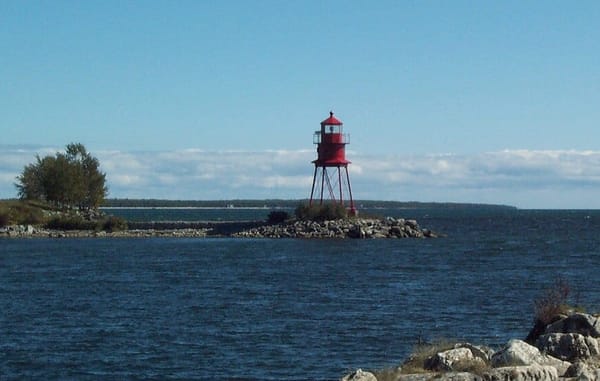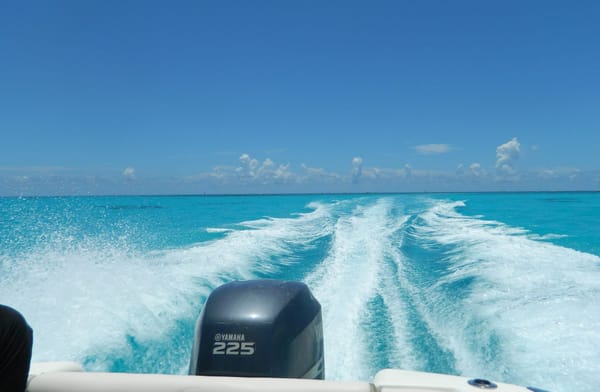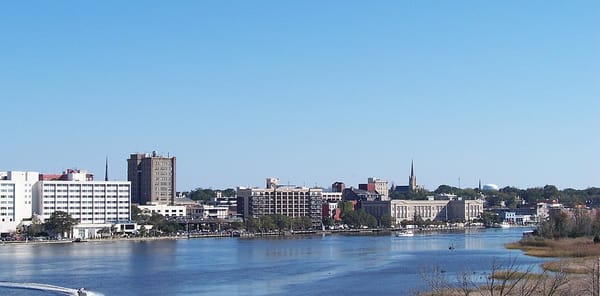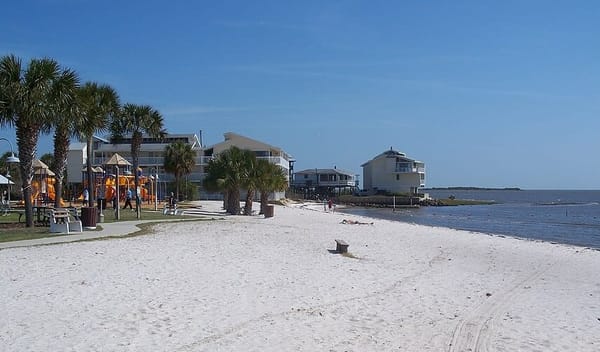Inboard VS Outboard Engine: Which is Best for your Boat?
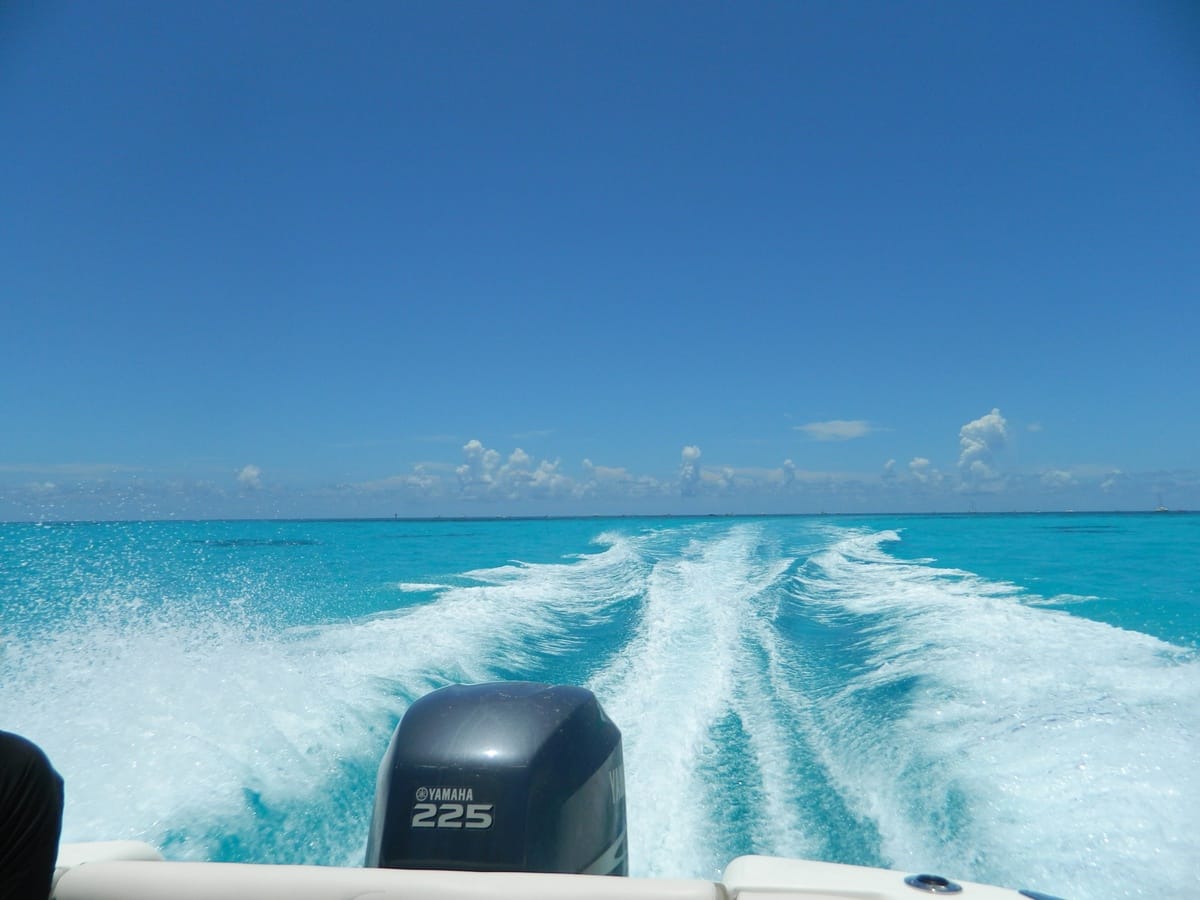
Between things like gas vs. diesel, sail vs. power or cabin cruiser vs. center console, there’s a lot of decision making to be done in boating. Then there’s the conflict of whether to go with marina storage, a private boat slip rental or a high and dry. We’ll save all of that for another day. Today, we’re going to shed some light on inboard versus outboard engines.
Inboard Engines
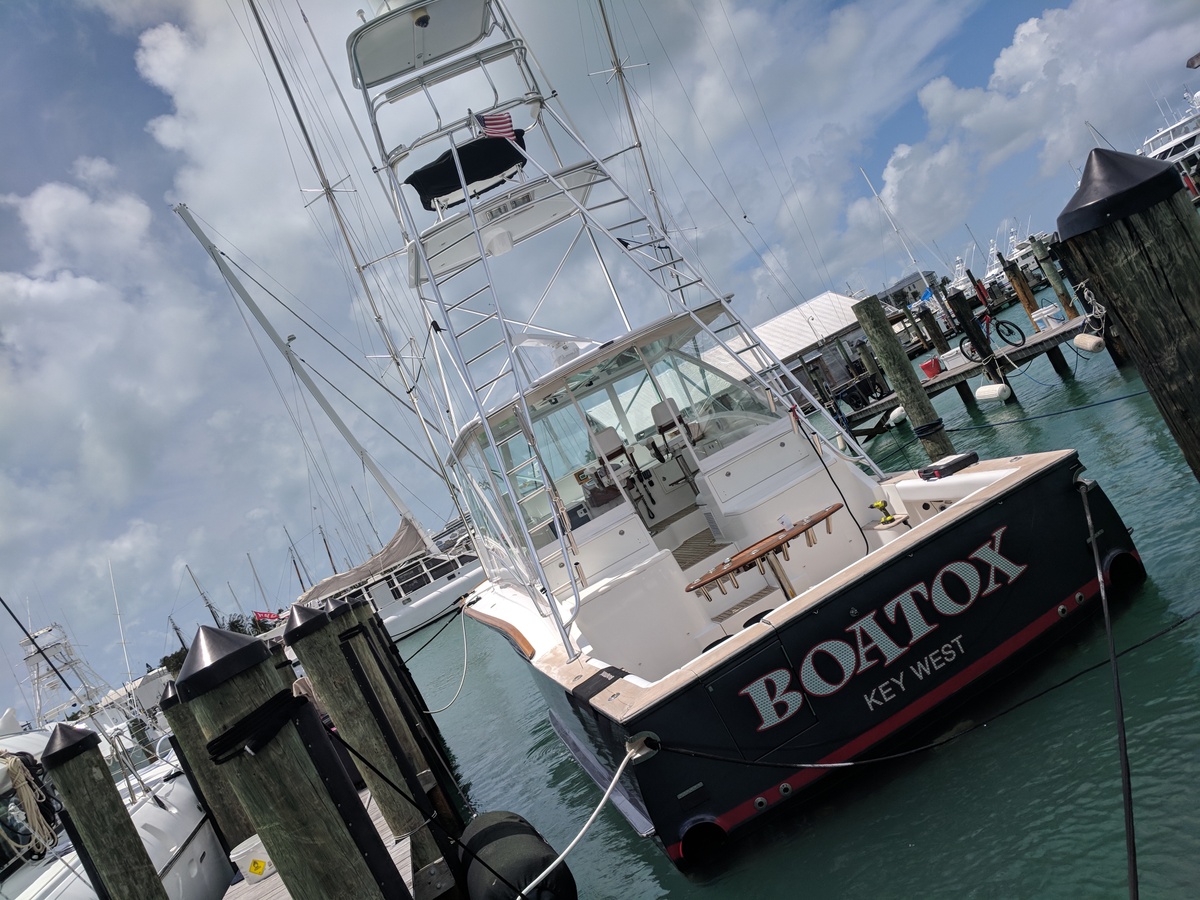
Photo: Sandy Allen
Put simply, an inboard engine is inside the boat. You don’t see it hanging off the back of the boat. Inboards have an internal impeller and intake with a jet that sends water out the back.
Inboard engines are typically mounted in the center of the boat (called a direct-drive system) or are inside the transom (called a V-drive system – the drive train and prop are built right into the hull).
Inboards are good for waterskiing, wakeboarding and other watersports because of their towing power, wake control and clearance for tow ropes. If you’ve ever gotten a tow rope caught in your motor, you’ll appreciate that factor.
Pros
- Quieter than an outboard since it’s insulated inside the hull of the boat
- Can accommodate larger engines like diesel
- Heavy-duty drive train for large boats
Cons
- Reduced space inside the boat (since it’s built into the hull of the boat)
- Maintenance is harder with more complex repairs
- Be careful in shallow water as you can’t raise the engine like an outboard
Outboard Engines
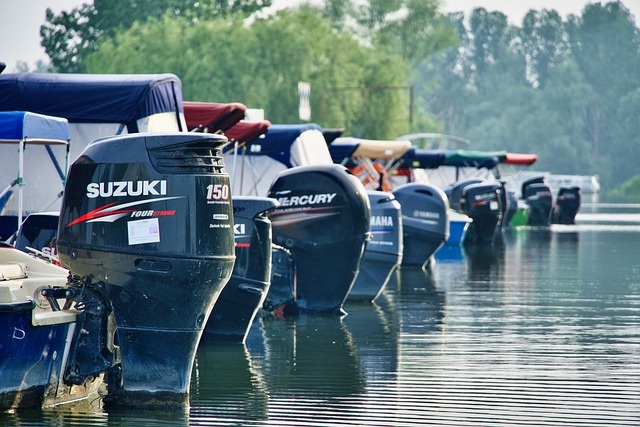
Photo: Memory Catcher/Pixabay
Outboard engines are mounted entirely externally on the back (transom) of the boat. The main mechanism works like an inboard, it’s just that the impeller and intake are all external and visible.
Outboards are popular for fishing boats, boats with deep-V hulls and speedboats because of their quick handling, acceleration, turn ratio and maneuverability at low speeds. They can be easily tilted up in shallow water. You gotta remember to tilt that baby up when hauling it out of the water on your trailer at the boat ramp, as well as if your private boat slip is in shallow water. Fortunately, that’s one mistake that’ll probably only happen once.
Pros
- Portable (you can take it off to replace or put on another boat)
- Faster winterizing
- Easier maintenance – just tilt it up and get to work
- Fuel efficiency
- Faster than inboards
- Able to trim up out of shallow water
- More space inside the boat
Cons
- Not as much power to drive heavier boats. Boaters get around this by adding more engines. This is where you’ll see two, three or even four massive engines hanging off the back of a boat. This can, of course, increase the cost.
- Can hit things and get scratched or damaged if you don’t trim it up (this includes at your dock rental)
Inboard / Outboard Engines
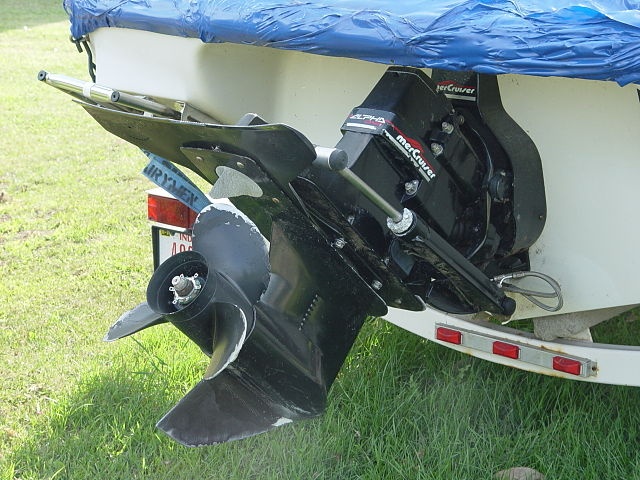
I/O Engine / Photo: Wikipedia
To put a little twist into things, there’s also the inboard/outboard engine (a.k.a. I/O). Many boaters consider it the best of both worlds, but other boaters say it has all the negatives of both versions. Let’s take a look.
Sometimes called a stern drive, the I/O engine is typically at the back of the boat (hence the word “stern”). The drive system goes through the transom of the boat. It doesn’t have a rudder like a true inboard. It’s able to turn the drive system left or right, and up or down, to move the boat. This pushes the boat up and out of the water to get a higher top speed than you would get with a true inboard. A true inboard can’t trim up or down.
If you’re interested in the “pocket cruiser” boat category (a boat less than 30’ that has a galley, head and sleeping space), then sterndrives are a great choice as they provide more interior space than a true inboard. An I/O is also excellent for freshwater lakes and rivers since you don’t have to worry about corrosion from saltwater.
Pros
- Higher horsepower and less noise than an outboard
- No protruding powerhead or cutouts for the outboard mount
- Simpler engineering than an inboard
- More interior space than an inboard
- Trimmable outdrive
Cons
- More exposed and open to damage than a true inboard
- More corrosion if left in the water (a straight outboard can be tilted out of the water)
- More complicated maintenance than an inboard or outboard
- Not great for towing because the prop is where the ladder is
- More complicated machinery means the life span is shorter than a straight inboard or outboard
How to Choose Between an Inboard and an Outboard Engine
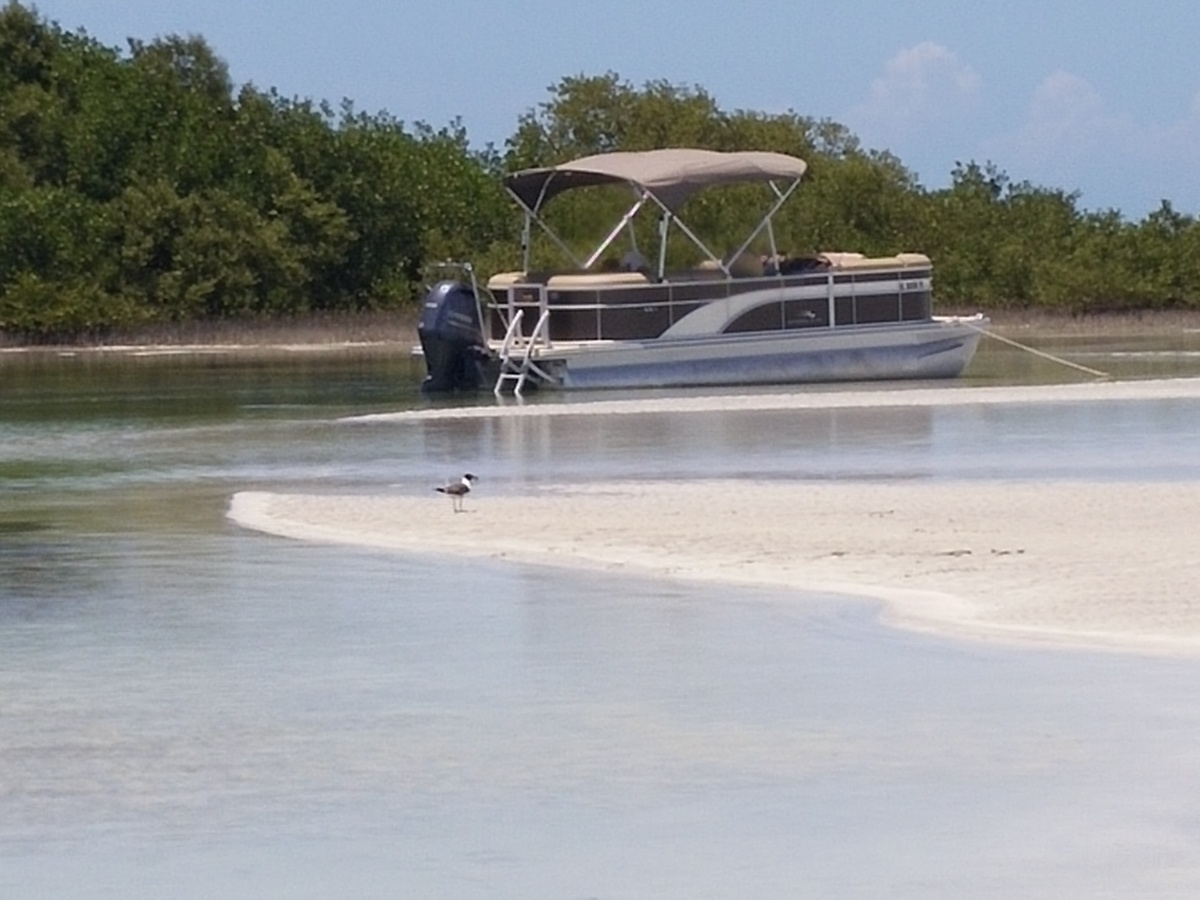
Photo: Sandy Allen
Like most of life’s decisions, boating dilemmas can keep you up all night. Here are a couple of questions to ask yourself if you’re trying to decide between and inboard and an outboard engine.
- What is the type and size of my boat?
- What water activities do I most often do? Are you spending most of your time fishing, or do you want to speed across the waves towing wakeboards?
- What is the year-round climate in my boating area?
- How often I use my boat?
- Am I able to perform maintenance myself? If your boat dock rental allows on-site maintenance, an outboard is easier to access than an inboard.
Hopefully we’ve given you some hints and tips on choosing between inboard, outboard or even I/O engines. Do you have a preference?
